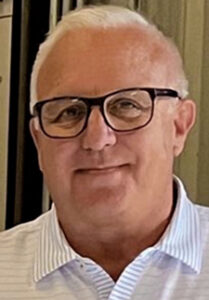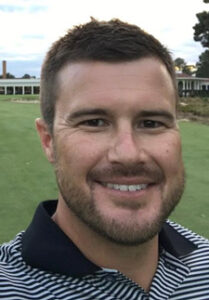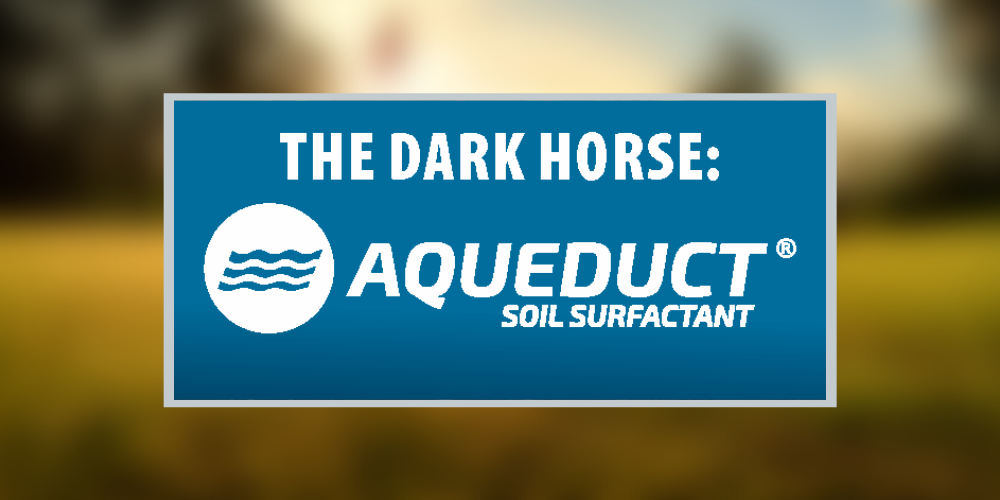By Pat Jones | The SiteOne team in south Florida decided to do a comparison test and Aqueduct® Sprayable delivered the goods.
If you’ve been in this industry for a while and you don’t know Erich Slider you probably haven’t been paying attention. He’s one of the last old-time LESCO reps who’s still kicking it with SiteOne where he serves as the Southern Director of Golf. We checked in with him and his southwest Florida Golf Sales Manager, Max McGee, to discuss an interesting question: Why do you guys sell so much Aqueduct Sprayable down that way?
Where does Aquatrols® fit for you and SiteOne in Florida?

Erich: We started working with them 3 or 4 years ago and we definitely saw the fit. They’ve put in a lot of effort and have proven themselves as a leader in that market. Their products seem to go along with how we like to work with supers.
How did you decide that Aqueduct Sprayable was a good recommendation to your customers?
Max: Before releasing it to everyone I put it to the test with a longtime customer, Chuck Eberle, at Windstar on Naples Bay. He’s been a longtime user of LESCO Wet but we wanted to find which product from the Aquatrols line would work best here in SW Florida. We set up a trial comparing plots with different applications of Aqueduct, Revolution®, LESCO Wet, LESCO Flow and LESCO Moisture Manager on a test green.

We found that the Aqueduct Sprayable was the standout for us in terms of consistent wetting and rewetting of the soils. It wasn’t too wet and it wasn’t too dry. It also dried down more consistently post-application than the others.
It’s remarkable – and admirable – that you chose to test products that way and stick to the results.
Max: We showed that Aqueduct Sprayable was the most desirable wetting agent for our customers so we were able to sell it confidently and know what kinds of results they were going to get. In this market, it has been by far the biggest-selling wetting agent for SiteOne.
Erich: We couldn’t believe we were selling this much Aqueduct. It’s a specialized app but it doesn’t have to be watered in, so it’s very predictable and has low burn potential. It worked the best under the circumstances.
How have things evolved since you did that testing and other products have come into the mix?
Max: We still sell the majority of customers the sprayable. We’re still testing Zipline® but some customers already prefer it.
The thing I’ve learned over the past couple of years is that it really depends on the site and the superintendent with new products. There’s no one way to do things in this industry. The best part about Aquatrols is they have a portfolio of specialized products that can find a place in almost anyone’s agronomic program.
Speaking of which how does the Aqueduct Flex™ version of the product perform for your customers?
Max: It’s a very useful thing to keep in the back of the cart for as-needed fixes. You don’t need to water it in immediately so when they come across a hydrophobic area they can just sprinkle it down and wait for the nighttime irrigation cycle to run and activate the product. It’s the flexibility built into that product that supers really enjoy and appreciate.
Erich: It’s a convenience product. Take a walk spreader out and hit the high areas. It makes the water work a little bit smarter. Flex means flexibility to me. If it was me, it would always be next to my bag of fire ant bait. I used to always carry bait around but now I’d carry Flex too. It has a low burn potential so you don’t have to worry about turning that irrigation head on. And it’s biodegradable and safe.
Talk about that turf safety aspect…
Max: One of the great things about Aquatrols is the low burn potential – almost none – across their whole portfolio. That was a big reason we partnered with them. That safety is paramount when choosing a wetting agent product. I’ve heard too many stories of guys trying to rectify a problem on their greens and they end up making it way worse by smoking the turf with some hot alcohol product.
What are some other ways supers are using Aqueduct Flex in your area?
Max: Most supers will agree that moisture management on bunker faces is one of the tougher challenges. Florida soils are inherently sandy and don’t hold moisture for very long and they also get hydrophobic easily. Turf bunker faces get splashed with sand constantly. The super can take a whirlybird hand spreader or vortex spreader and just hit the bunker faces with it. Basically, it gives you a programmed approach to maintain soil moisture on the bunker face.
Final thoughts?
Erich: Products like this are a great example of a labor-saving tool. You can apply this one time and it saves an irrigation tech from going back three or four times. That’s such an important focus as the labor situation gets worse.
Max: We can spout university data but unless you can provide an in-person test like we did with Chuck it’s still a leap of faith. Localized testing like this really makes a difference.


Comments are closed.